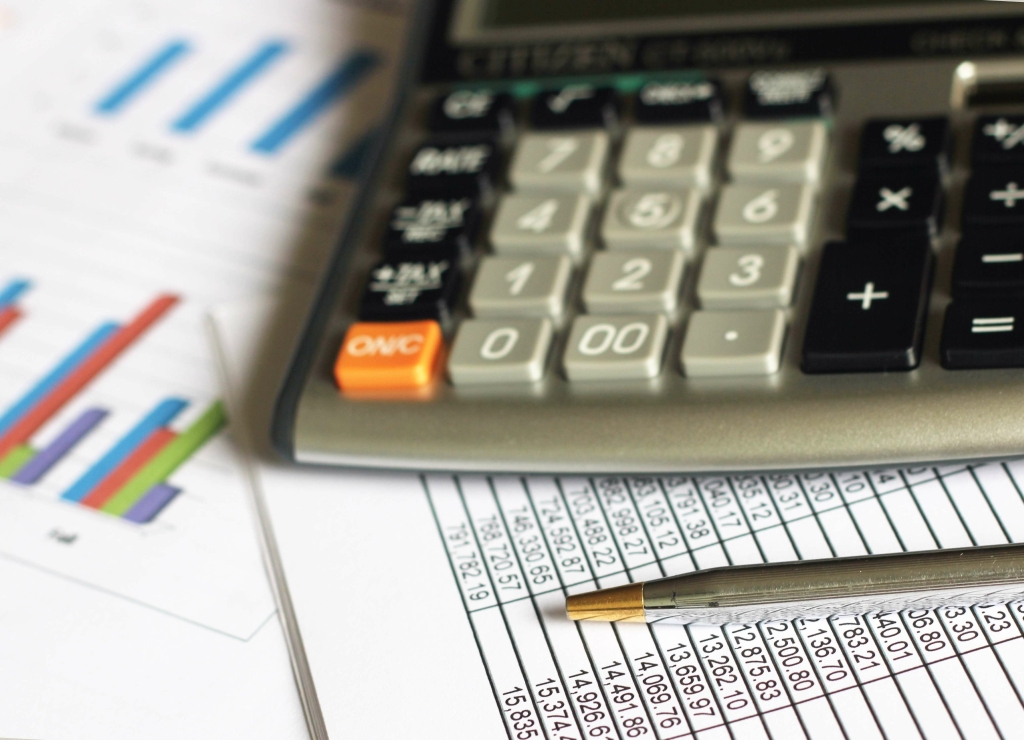Accounting for Retail Business Retail Inventory Basics

While retail accounting is fraught with challenges, businesses can adopt strategies to minimize its limitations and maximize its usefulness. Understanding these pitfalls will help in deducing whether this method meets your business requirements. It is accurate only when all pricing across the board is the same and recording transactions all pricing changes occur at the same rate. This is beneficial if the business has multiple locations and performing a physical inventory is a time-consuming and costly process.
Accounting & Bookkeeping in Retail Industry: Challenges and Their Solutions

Staying updated on market trends and supplier pricing helps businesses make relevant adjustments to retail pricing while maintaining accurate inventory valuations. The retail inventory method also allows the organization to create an inventory value report for budgeting or the preparation of financial statements. Regularly reconcile your bank statements with your recorded transactions to identify any discrepancies. This process helps uncover errors or fraudulent activities and ensures the accuracy of your financial records. Utilize bank reconciliation statements to compare your records with your bank’s records, catching any discrepancies early on. It also helps you keep track of how much inventory you have left and how much your inventory is selling to maintain your inventory levels and potentially cut down on inventory costs.

Advantages and Disadvantages of Retail Accounting
- This feature tracks all retail business sales, expenses, payables, receivables, and other financial information in an automated ledger or journal.
- In this ultimate guide, we’ll delve into the intricacies of accounting for a retail store, covering everything from inventory costs to financial statement generation.
- Retail accounting estimates inventory value by assuming uniform pricing and consistent price changes.
- As noted, the retail inventory method only provides an approximate value for your inventory.
- This method is the most useful when dealing with goods you rotate or mix up, like smaller identical items in large quantities.
- In other words, retail accounting is a way of tracking inventory costs that is especially simplified compared to the other available methods.
Carrying out retail bookkeeping for your store yourself can be more cost-effective than getting help from retail bookkeeping services. Simply put, in accounting the retail method is utilized by sellers to help estimate the value of products in inventory at hand. This refers to COGS as well as finished goods by calculating the cost percentage to the retail price of sold goods. Lastly, understanding the sales taxes to be collected and paid is important. Most retail businesses handle GST/HST and, in some provinces, also collect provincial retail sales taxes (PST).

Always take control of your retail accounting

FIFO can be beneficial for businesses that sell perishable goods or products with a short shelf life. Retail accounting is the specialized system used by retailers to track their financial activities. It focuses on recording income from sales, managing inventory levels, and calculating the cost Record Keeping for Small Business of goods sold (COGS), which is a crucial metric for profitability analysis. Invest in advanced accounting software to bridge the gap between simplicity and precision.
Make Data-Driven Decisions
It’s a simple way to estimate your inventory balances and value without spending too much time on inventory management. Retail accounting offers a straightforward approach to gauging inventory levels but has limitations. The effectiveness of this method can vary depending on the diversity and pricing of the items you sell.
- The power of retail accounting lies in its ability to transform raw data into actionable insights.
- If so, separate divisional or branch accounts must be established for each location to report operations individually.
- First you need to find the cost of goods for the jeans available for sale that you had in stock at the start of the quarter.
- While the retail method to inventory valuation is a good shortcut when you’re in a pinch, it can’t replace physical inventory counting.
- By adopting efficient accounting practices and embracing modern bookkeeping tools, retailers can gain a competitive edge, make informed decisions, and pave the way for long-term prosperity.
- This method is particularly useful for businesses with a large number of products and frequent inventory turnover.
Take this number and subtract the sales total multiplied by the percentage, then subtract it from the cost of goods sold to get the ending inventory total. For tax purposes, you want to use the inventory costing method which will give you the most accurate inventory valuation. Although you can use the retail method for tax purposes, you will likely want to use a different method — like weighted average — to ensure you are reporting the most accurate information.

- Further, by highlighting the impact of shrinkage, this method encourages businesses to implement comprehensive inventory control measures.
- Thus, this method is often used by companies that hope to enhance their acquisition appeal or entice additional investors.
- Firstly, it’s essential to determine the number of retail locations and whether tracking operations by location is necessary.
- A balance sheet is an essential resource for keeping track of assets, liabilities and equity.
- However, due to the tedious nature of the process, retailers often fail to produce regular financial reports, resulting in inconsistencies in their financial records.
Synder lets you automatically synchronize multichannel data into accounting platforms like QuickBooks Online, QuickBooks Desktop, Sage Intacct, and Xero. You can choose to sync this data either as daily journal entries or in detailed transactions. Following the FIFO method, you’ll take 30 and multiply it accounting for retail by 0.05 and add that to 20 multiplied by 0.07. The cost of goods sold is $2.90, and the cost of your ending inventory (the inventory you have left) is $1.85 (five dice at 7 cents, plus 15 dice at 10 cents).

